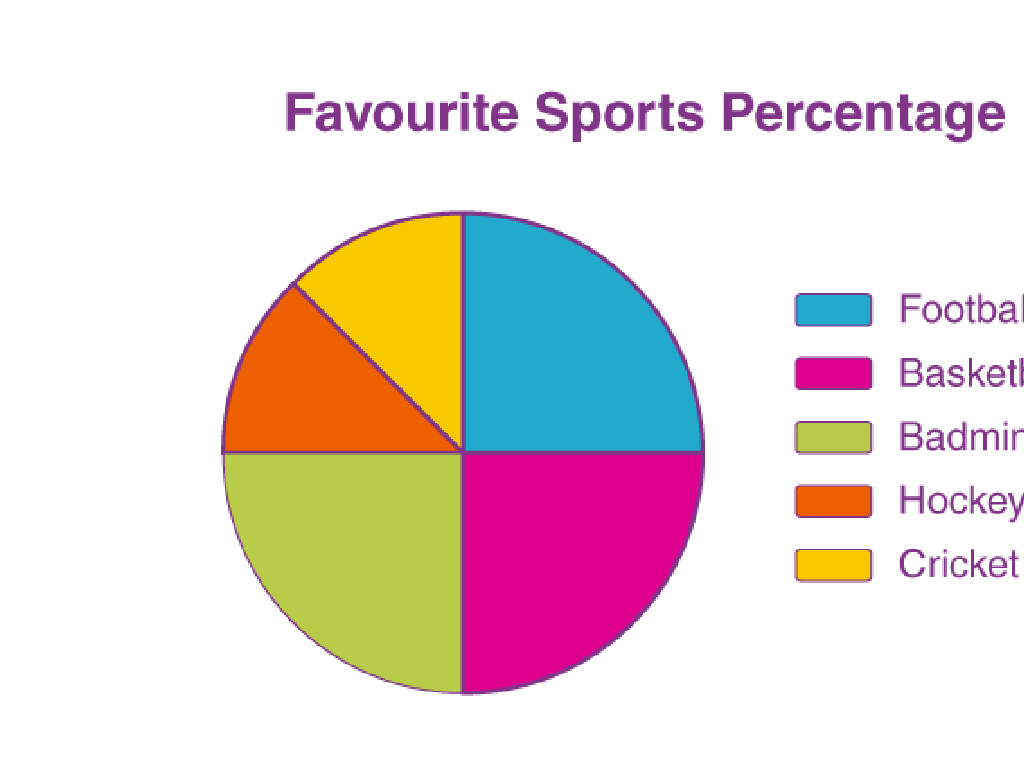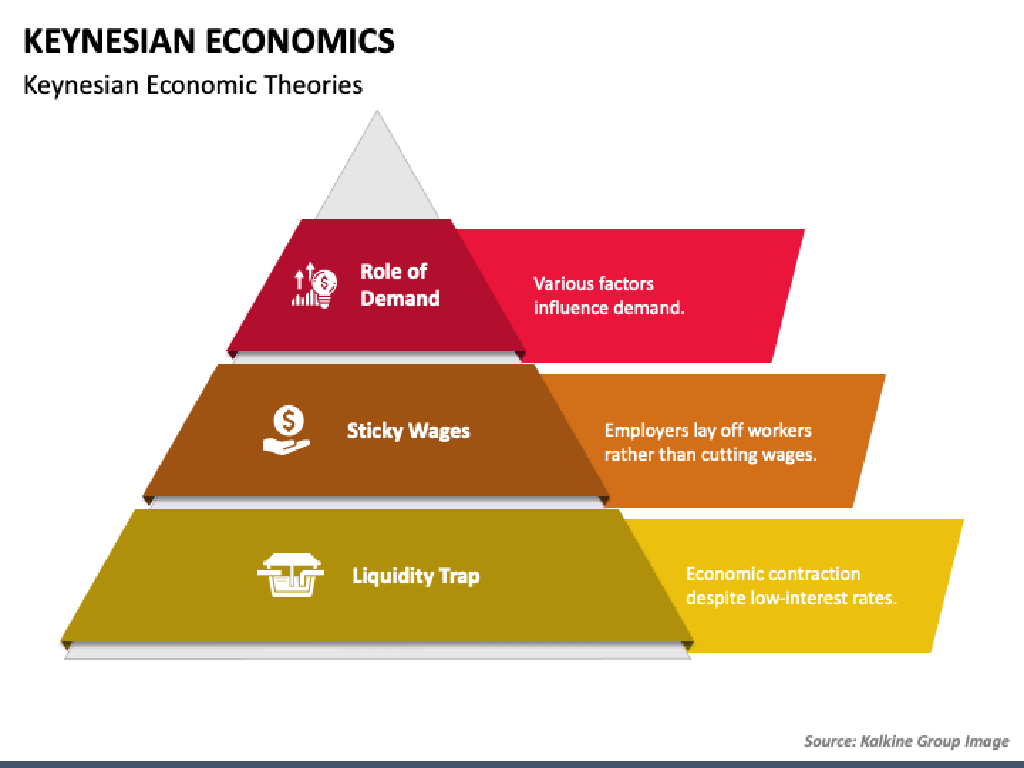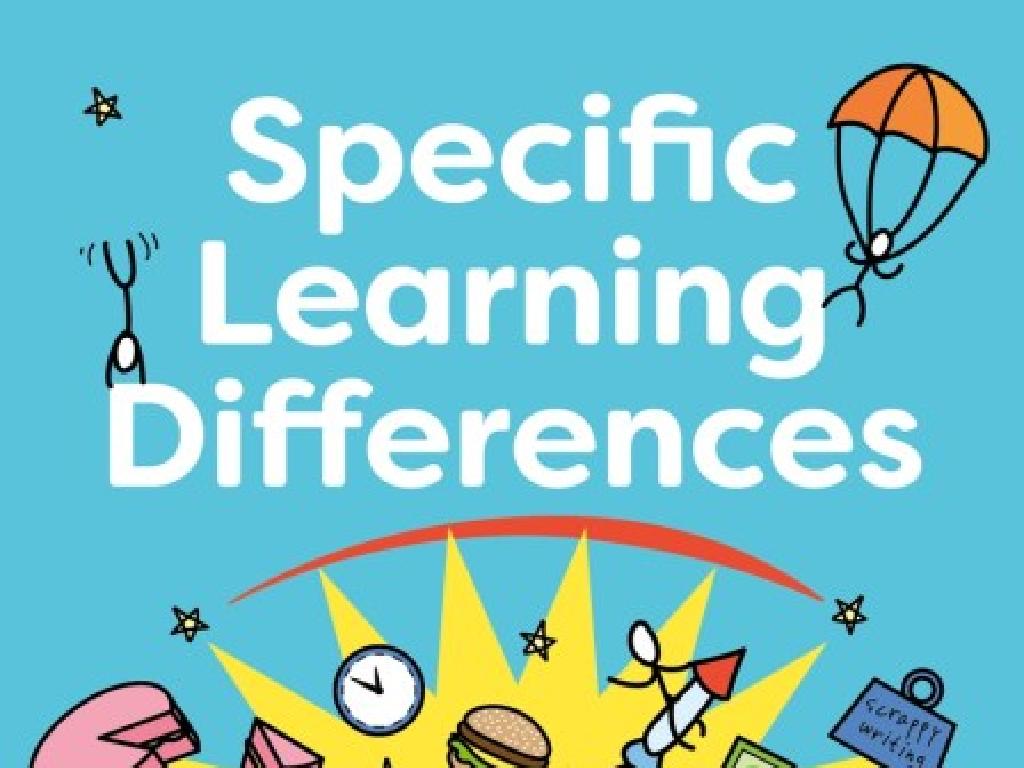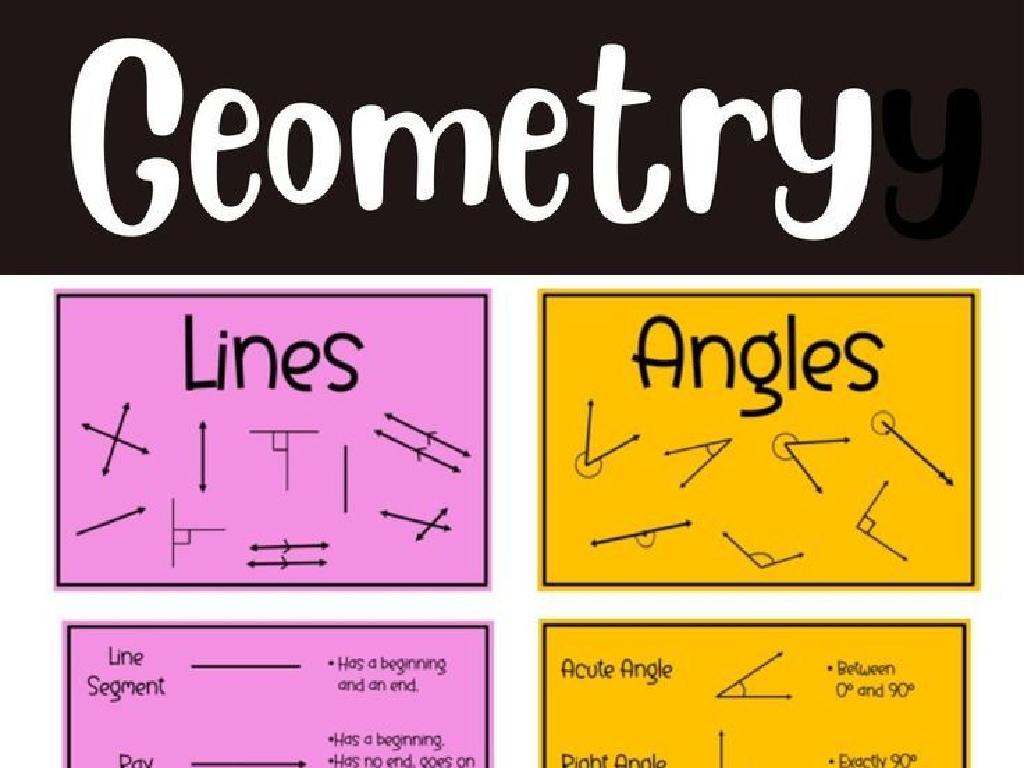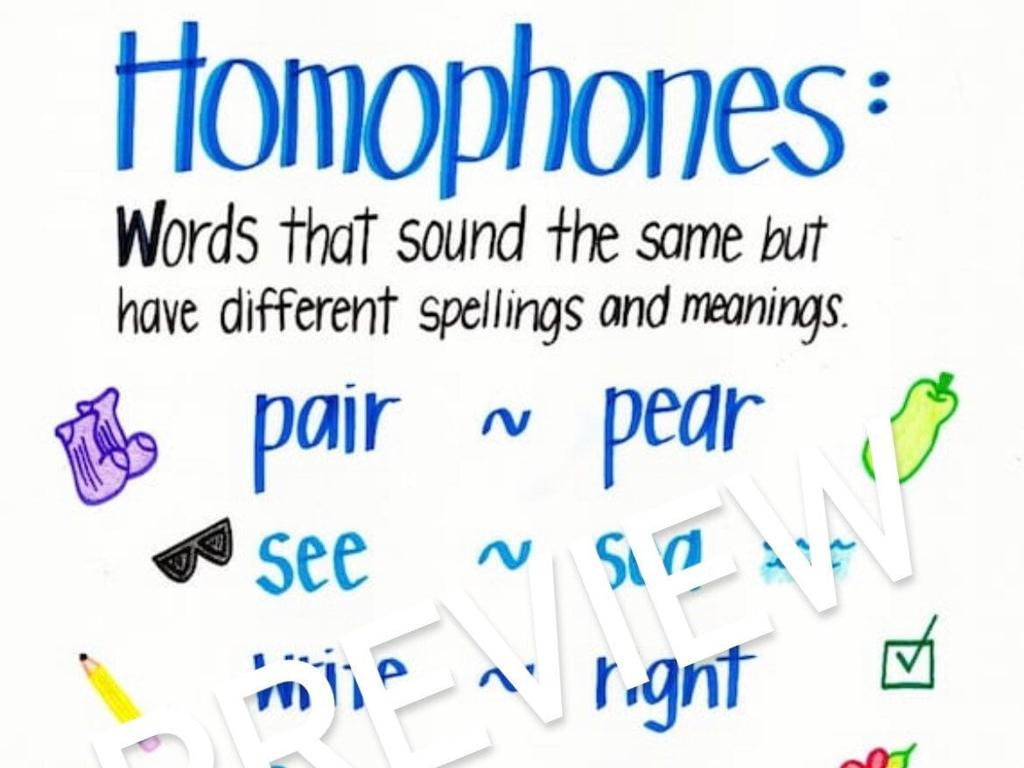Addition, Subtraction, Multiplication, And Division Word Problems
Subject: Math
Grade: Fourth grade
Topic: Mixed Operations
Please LOG IN to download the presentation. Access is available to registered users only.
View More Content
Welcome to Mixed Operations!
– Understanding basic operations
– Addition, subtraction, multiplication, and division are key math skills.
– Operations in daily life
– Use math for budgeting allowance or sharing snacks with friends.
– Solving word problems
– Word problems help us apply math to real-world situations.
– Practice makes perfect
– Regular practice helps us become quicker and more accurate.
|
This slide introduces students to the concept of mixed operations, which includes addition, subtraction, multiplication, and division. Emphasize that these are fundamental skills in math that they will use throughout their lives. Provide relatable examples of how these operations are used in everyday scenarios, such as managing their allowance or dividing up treats. Stress the importance of solving word problems as a way to apply math skills in real-life contexts. Encourage students to practice these skills regularly to improve their speed and accuracy. As an activity, students can create their own word problems based on their hobbies or interests to share with the class.
Solving Addition Word Problems
– Understanding addition
– Addition combines two or more numbers into a total.
– Keywords for addition
– Look for ‘in all’, ‘together’, ‘combined’, ‘total’ to find addition clues.
– Example: Adding apples
– Start with 3 apples, add 2 more, now you have 5 apples.
|
This slide introduces students to addition word problems. Begin by explaining that addition is a way to find the total or sum when we combine groups of things. Emphasize the importance of looking for keywords in a problem that suggest addition, such as ‘in all’, ‘together’, ‘combined’, or ‘total’. Use the apple example to show a practical situation where addition is used. Ask students to visualize the apples and count them as they are combined. This helps to solidify the concept of addition as putting together and increasing the number of items. Encourage students to come up with similar examples and share them with the class.
Subtraction: Taking Away
– Subtraction means ‘taking away’
– Think of subtraction like you have some items and you give some away.
– Look for keywords in problems
– Words like ‘less’, ‘fewer’, ‘minus’, ‘remain’ signal subtraction.
– Example: 10 candies, give 4 away
– Start with 10, if you give away 4, how many do you have?
– How many candies are left?
|
This slide introduces the concept of subtraction to the students by relating it to the idea of ‘taking away’ something from a group. Emphasize that subtraction is not just about numbers; it’s about understanding what happens when we remove items from a set. Highlight the importance of looking for keywords in word problems that indicate subtraction is required. Use the example provided to walk through a subtraction problem step by step, showing how to start with a total and subtract the number given away to find the remaining amount. Encourage students to visualize the problem with actual objects or drawings to aid their understanding. In the next class, have students practice with similar word problems and identify the keywords that helped them recognize the need to subtract.
Multiplication Word Problems
– Multiplication as repeated addition
– Think of multiplication like adding a number over and over.
– Key words signaling multiplication
– Words like ‘times’, ‘groups of’, and ‘in total’ hint at multiplication.
– Solve a marble problem example
– 4 bags with 5 marbles each means 4 times 5. How many marbles is that?
– Practice with similar problems
|
This slide introduces multiplication word problems by first explaining the concept of multiplication as repeated addition, which is a foundational idea for fourth graders. Highlight key words and phrases that typically indicate a multiplication problem, such as ‘times’, ‘groups of’, ‘total’, ‘altogether’, and ‘each’. Use the example provided to illustrate how to set up and solve a multiplication problem by determining the total number of marbles. Encourage students to visualize the problem with actual objects or drawings if necessary. After explaining the example, give students a chance to practice with similar problems, reinforcing the concept and the vocabulary associated with multiplication word problems.
Division Word Problems: Sharing Equally
– Understanding division as sharing
– Division means splitting into equal parts or groups.
– Keywords: divide, each, per, share
– Look for these words to identify division problems.
– Example: Sharing 12 cookies
– If you have 12 cookies and 3 friends, how many cookies does each get?
– Solving division problems
|
This slide introduces students to the concept of division as a method of sharing or grouping items equally. Emphasize that division is not just about numbers; it’s about fair distribution. Highlight key vocabulary that often signals a division problem in word problems, such as ‘divide’, ‘each’, ‘per’, and ‘share’. Use the cookie example to illustrate how division is used in everyday situations, making it relatable and easier to understand. Encourage students to think of division as a way to find out ‘how many in each group’ or ‘how many groups can be made’. After the example, guide students through solving a few division problems as a class to reinforce the concept.
Mastering Mixed Operation Word Problems
– Determine the right operation
– Read the problem carefully to decide if you should add, subtract, multiply, or divide.
– Learn the order of operations
– Remember PEMDAS: Parentheses, Exponents, Multiplication and Division (from left to right), Addition and Subtraction (from left to right).
– Practice with a sticker problem
– If you have 3 packs with 5 stickers each, and give 2 away, how many do you have?
– Solve and check your answer
– After solving, go back to the problem to make sure your answer makes sense.
|
This slide is aimed at helping students understand how to approach mixed operation word problems. Start by reading the problem carefully to identify keywords that suggest which mathematical operations to use. Emphasize the importance of the order of operations, using the acronym PEMDAS as a guide. The practice problem provided is a simple example to apply these concepts. Encourage students to visualize the problem with actual stickers or drawings to aid their understanding. After solving, students should always check their work by reviewing the problem and ensuring their answer is logical in the context given.
Operation Scavenger Hunt
– Solve mixed operation problems
– Each problem gives a clue to the next
– Find all problems to master operations
– Work together to find the ‘treasure’
|
This class activity is designed to make learning mixed operations fun through a scavenger hunt. Place word problems involving addition, subtraction, multiplication, and division around the classroom. Each problem will have a clue that leads students to the location of the next problem. The activity encourages teamwork, problem-solving, and reinforces the concept of mixed operations. Possible variations of the activity could include: 1) Pairing up students to promote collaboration, 2) Timing the activity for a friendly competition, 3) Offering hints for challenging problems, 4) Creating a story narrative that connects all the problems, 5) Providing a small reward for the ‘treasure’ to celebrate the students’ mastery of mixed operations.

